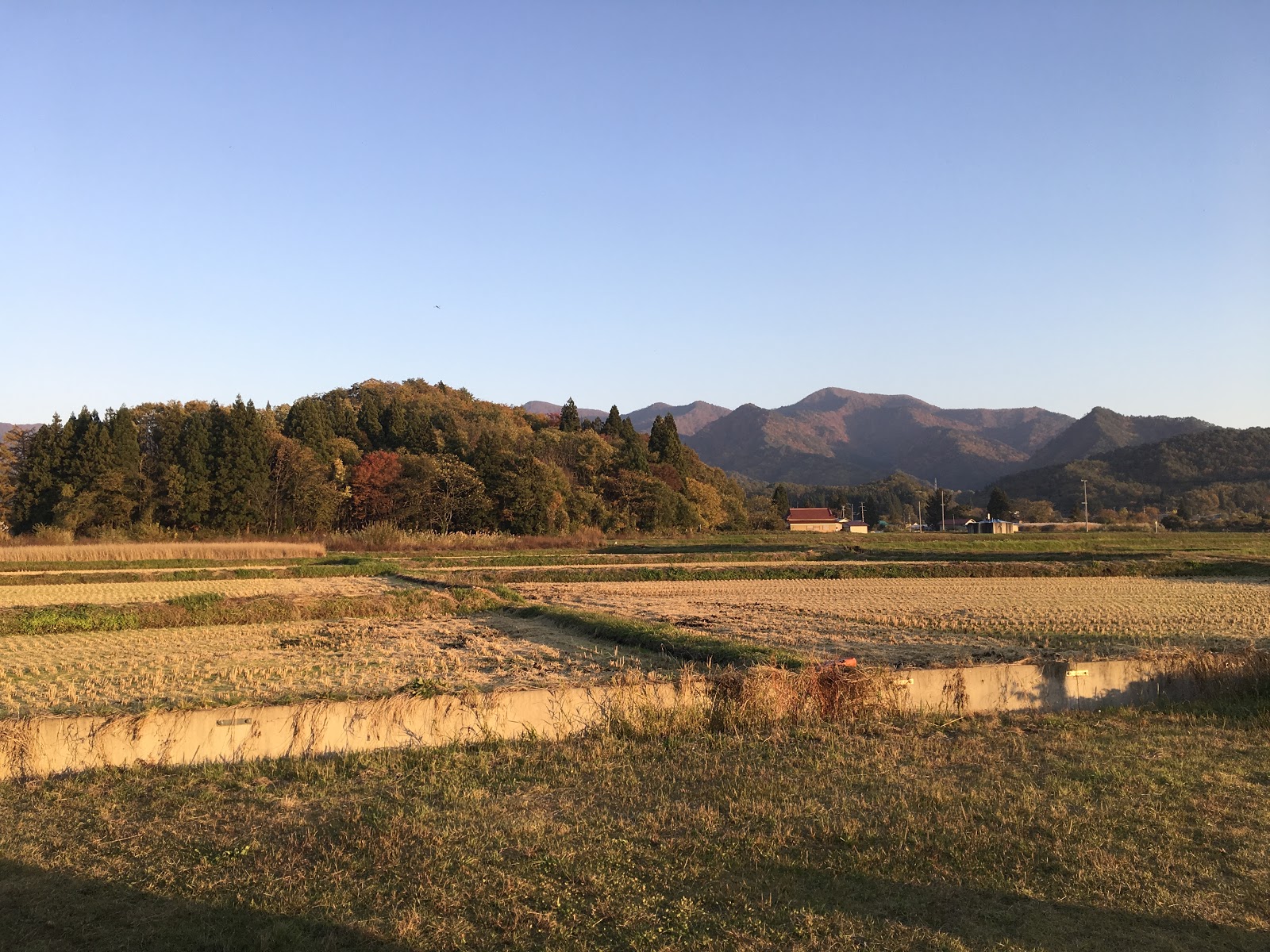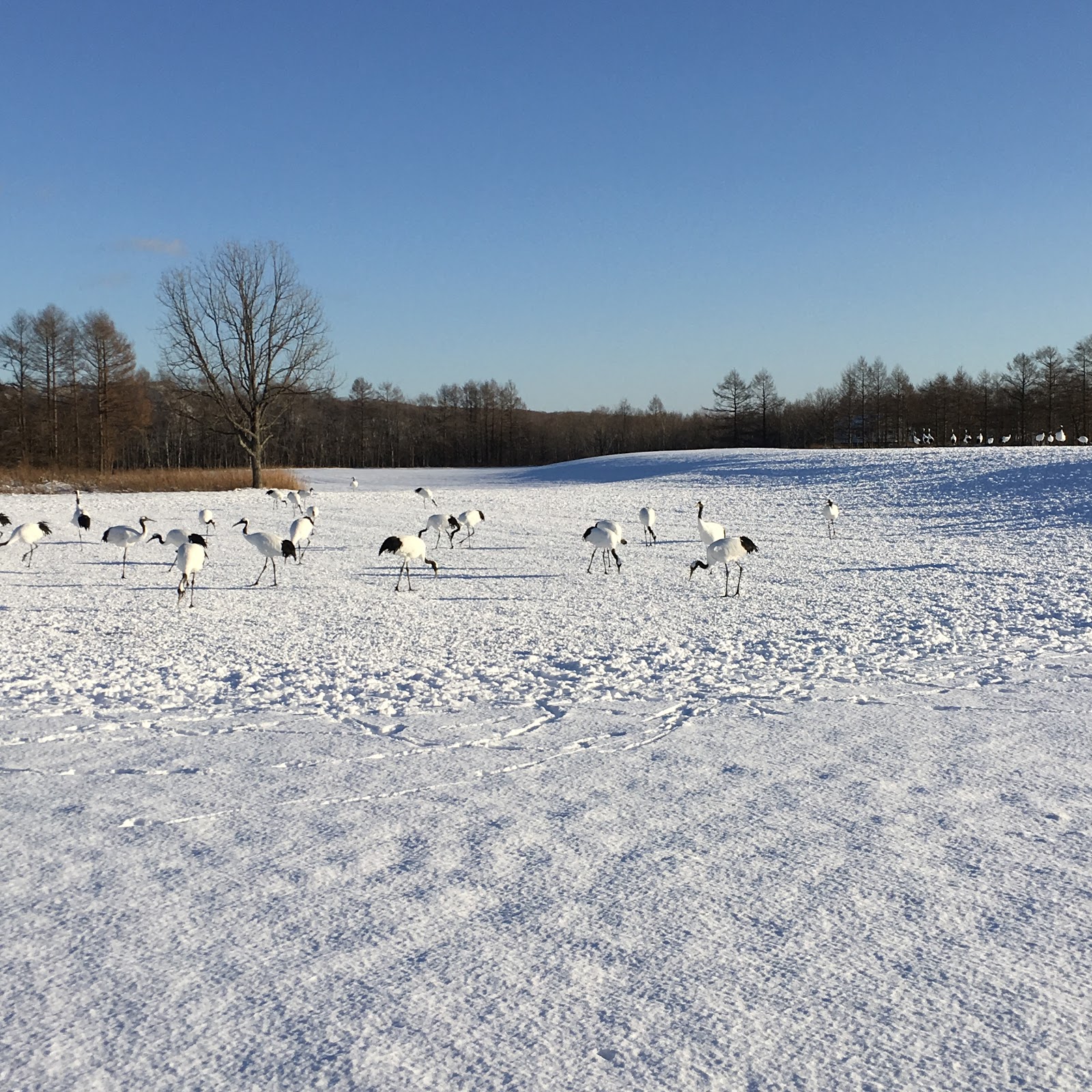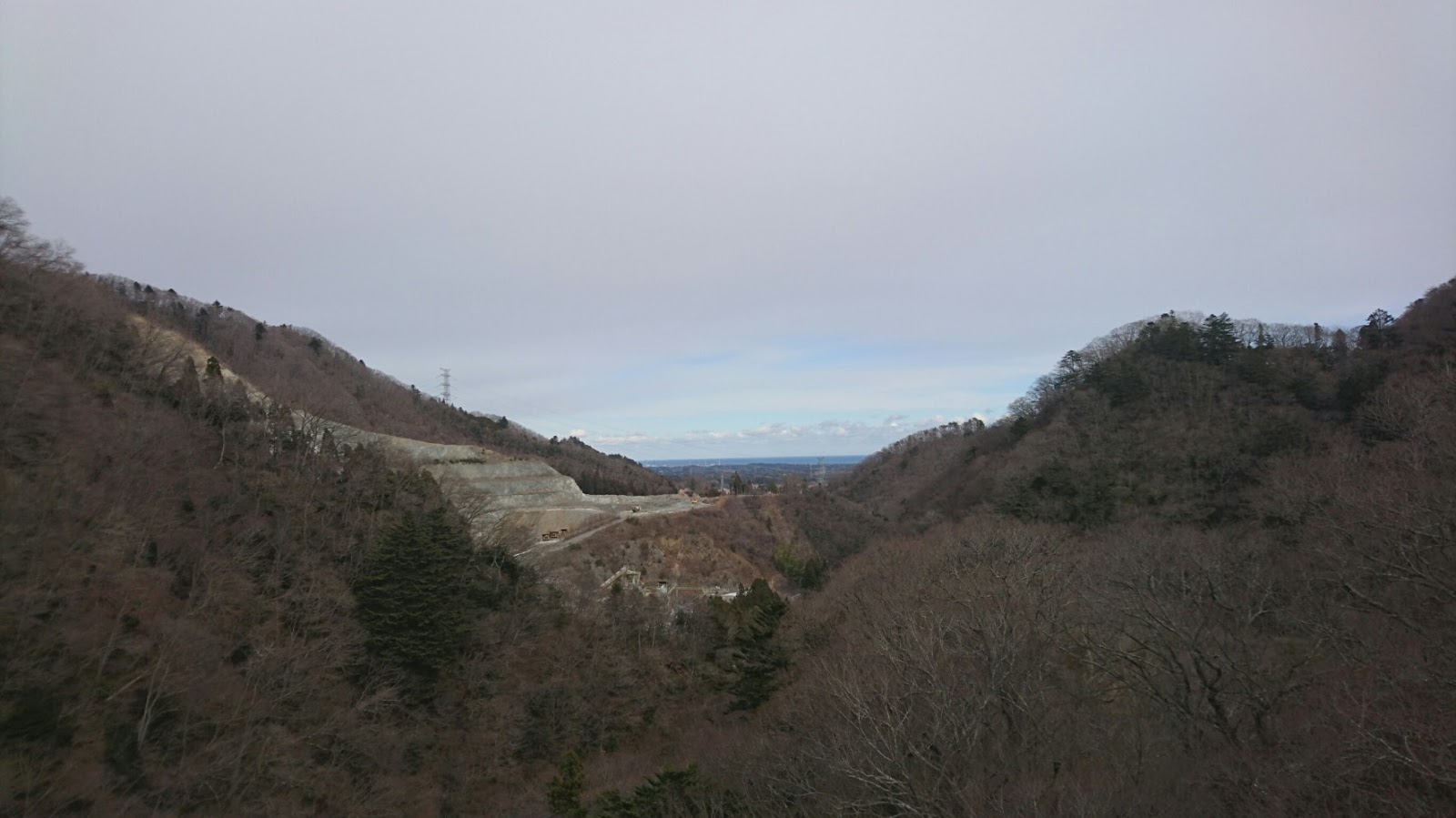Thinking about the Environment through Culture: A Reflection
Komaki Saito
Over the course of this class, I was able to participate in fieldwork trips to Ogawa town in Saitama prefecture, Takahata in Yamagata prefecture, Shibecha, Kushiro, Tsurui, and Nijibetsu in Hokkaido, and finally, Tomioka and Kawanaka in Fukushima prefecture. In addition, I also had the opportunity to attend the very first Organic Lifestyle Expo in Tokyo. The amazing thing about these trips was that each of them individually symbolised a different theme related to culture and the environment, so the contents covered were incredibly diverse. It is therefore impossible to refer to the trips collectively, so this reflection paper will provide a total of four separate reactions; a reflection for each and every trip taken. Overall though, I cannot stress enough how insightful and meaningful the entire experience has been. Although I am Japanese, I have lived abroad my entire life so I never get as much exposure to Japan as I did in this class. Moreover, although these fieldwork trips focused on Japan, the themes and techniques that appeared in many of them were of global status and relevance. I can only hope that more students are given the opportunity to learn about not only the relationship between the environment and culture, but also the deep and complex history that constitutes modern Japan.
Saitama: Organic agriculture and the Environment
The field trip to Ogawamachi was extremely interactive because we were each assigned a foreign exchange student with whom we collaborated throughout the 2-day stay. It was a gratifying and humbling experience to be able to translate many conversations that highlighted how much hard work went into achieving a sustainable and organic agricultural system. The opportunity to talk to Mr Kaneko was also exceptionally special because his approach to organic agriculture and the “Teikei” system essentially revolutionized organic farming in Japan. I was immensely touched to have been able to witness the perseverance, strength and courage of not only him but also his wife, and how much back-breaking work actually went into attaining everything we see on our plates every day.
At Ogawa town I was also able to see the harmony between people, and that between people and the environment. Farming is possibly the closest relationship we humans have with nature, and organic farming as achieved by Mr Kaneko exemplified how machinery could fit perfectly into that equation too. Notably, making use of old kitchen oils as tractor fuel and using sewage fermenters as a source of natural gas showed how it was possible to kill two birds with one stone, or in other words, efficiently and effectively foster an organic lifestyle without putting anything to waste or placing a strain on the environment. There was a very conspicuous cycle of energy and resources, and it was an exceptional model of permaculture.
Yamagata: Tradition and Culture

The trip to Ogawa town in Saitama was immediately followed by the fieldwork at Takahata. Though both these places dealt extensively with organic agriculture, there were some fundamental differences in the farmers’ respective approaches to the subject. Whereas Mr Kaneko’s farming techniques and lifestyle seemed to be more exposed to the public (in the sense that he regularly accepted visitors and trainees to pass on his knowledge and exchange ideas), many of the farmers in Takahata appeared very much rooted to their traditional ways of conducting themselves, and thus somewhat more closed out. This was evident in the submissive societal role of women, the emphasis placed upon familial traditions and land, and the preservation of age-old farming techniques. Indeed, traditions and culture seemed to be a substantial driving force behind the people in Takahata, and it made me wonder whether in this day and age, with Japan’s continuously ageing population, it was ideal to be so secluded. The youth particularly need to be more greatly engaged, because otherwise at the end of the day, there will not be anybody who will be able take over family businesses (which in this context is organic agriculture), considering Japan’s current demographic trends. I felt like there needed to be a trend of continuity, and an urgency to create greater partnerships and awareness among the youth of the nation.
Coincidentally, I had the chance to participate in the completion ceremony of the “Takahata Cidre” at Tokyo, a few weeks after the fieldtrip to Takahata. This was exciting because it symbolised a huge step towards achieving a wider audience reach, from Takahata to Tokyo, incorporating techniques from parts of France… Now this was very progressive, and the fact that I knew exactly where the ingredients were being sourced from made me appreciate the product even more. I can only hope that commercialising ciders and juices can help promote the region of Takahata and foster greater interest by the public to visit and grasp the deep connection many of the farmers there have with their land.
Hokkaido: Biodiversity and Culture

The theme for Hokkaido was biodiversity and culture. This in retrospect seemed relevant to an extremely wide range of topics, and the fieldwork indeed touched upon an extensive array of case studies from the conservation of wild animals, the repopulation of Blakiston’s fish owls, the protection of red crowned cranes, as well as a trip to Lake Mashu, which is culturally of great significance to the Ainu population residing in the area. The dedication people had towards the repopulation of Blakiston’s fish owls was notably alluring, as an entire village and various communities of people had evidently come together for one common cause and one common goal. The fact that they wanted to preserve the owls because of their stunning and striking calls was truly romantic. There were obviously copious statistics and a lot of science dealing with tracking the number of owls etc, but the people seemed to be more greatly attached to the invisible, melodic gift from the owls, which was extremely poignant. The opportunity to see red crowned cranes was one of a kind too. It was clear that these creatures were being taken extremely good care of, and the emphasis on culture was evident with the cranes in particular, as they are the national bird of Japan.
Speaking of culture, visiting Ainu Kotan was also extremely memorable, and the Ainu approach to cultural preservation through art is something I admire greatly. Honouring traditional spirits and gods in visual and performing arts seemed like a humanistic, humble approach to take, especially in the context of conserving not only their cultures but also the environment. Art is obviously timeless and has no restrictions, so that sentiment of freedom truly emanated. The fact that the Ainu theatre troupe were willing to put on contemporary productions as much as classic ones symbolised how modernity and the change that comes along with it could be accepted whilst retaining ancient cultures.
Fukushima: Urban and social regeneration

Ever since the great earthquake and tsunami that devastated Northeastern Japan on March 11th 2011, the primary focus of the Tohoku region has been regeneration. At Fukushima prefecture, we firstly attended a seminar focusing on winemaking and how that could be coupled with social and agricultural regeneration. The people at this seminar were true innovators, and it was evident that they regarded Fukushima as “glass half full”. Having this “tabula rasa” or a blank slate to work with actually grants a lot of freedom, so it was interesting that many people were looking at social and agricultural regeneration from the unique standpoint of winemaking. The prospective date of commercialisation is in 2010, the year of the Tokyo Olympics. Overall, I was able to feel a lot of optimism from this experience.
On the second day of the fieldwork trip, we were able to go around Fukushima prefecture, including areas that have been uninhabited due to potential risks stemming from radiation. It was immensely melancholic because I realised just how deserted this area was, despite the fact that there were rows after rows of beautiful homes and schools with colossal courtyards… I also felt a sense of discomfort at the food centre where food is made for the workers at Fukushima power plant. I just couldn’t bring myself to think that despite all of these efforts to try and make people feel “at home”, the workers would ever be able to feel optimistic about working at there. It was honestly quite depressing because this is the side of Fukushima that we are diverting our attention from, and does not receive substantial media attention. It made me rethink about just how blessed we are but at the same time, we as the people of Japan have a long road to recovery.
